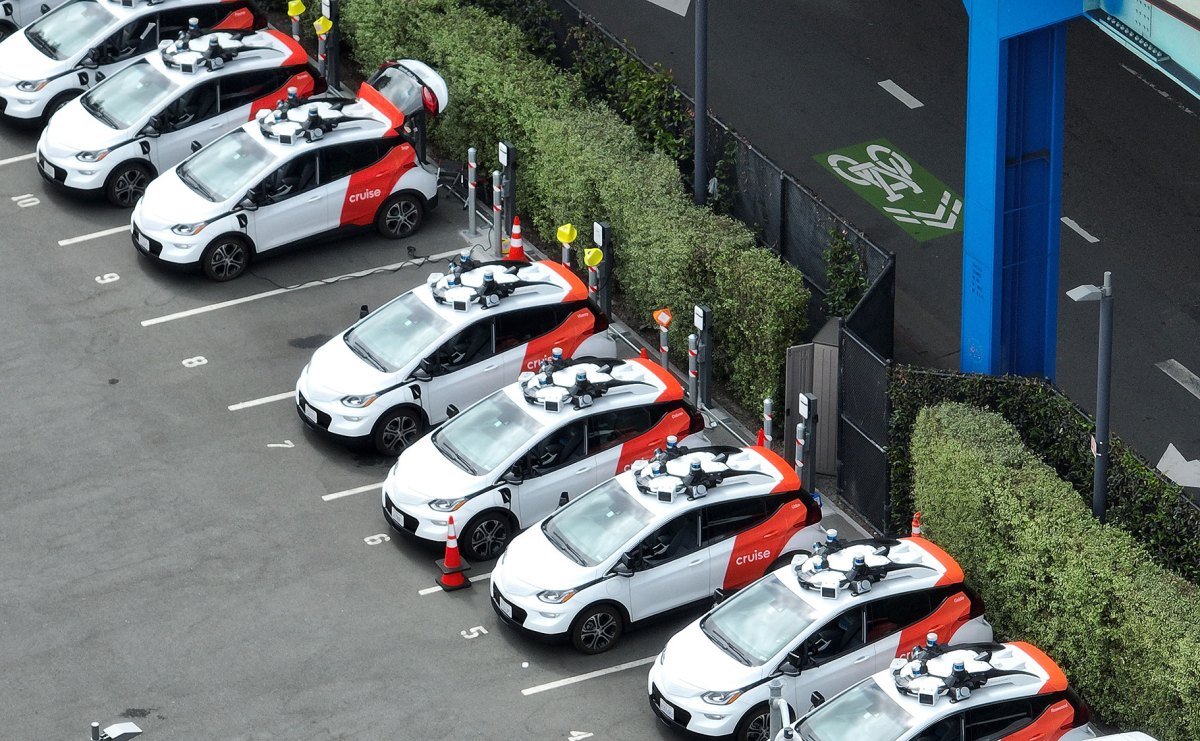GM’s self-driving car subsidiary, Cruise, is facing difficult times and tough decisions after a recent incident involving one of its robotaxis. To cut costs and revamp the company, 900 employees – a quarter of the workforce – are being laid off, TechCrunch reports exclusively. The email announcing the layoffs, written by Cruise’s president and CTO Mo Elshenawy, was sent to the entire 3,800-person workforce this morning.
“We knew this day was coming, but that does not make it any less difficult – especially for those whose jobs are affected,” Elshenawy wrote.
The layoffs will primarily affect non-engineering roles, particularly in the field, commercial operations, and corporate staffing. The company has also ended additional assignments for contingent workers who support its driverless operations. While the majority of engineering jobs will remain intact, some positions will also be impacted, according to the email and internal sources.
“Today, we are making staff reductions that will affect 24% of full-time Cruisers, through no fault of their own. We are simplifying and focusing our efforts on returning to service in a more limited set of markets and on a simplified set of platforms. As a result, we are reducing our employee counts in operations and other areas. These impacts are largely outside of engineering, although some engineering positions are impacted also.”
These layoffs follow the dismissal of nine senior leaders at Cruise, including COO Gil West and head of government affairs David Estrada. Cruise has also announced a narrowing and refocusing of its efforts, which was shared last month after the resignation of co-founder and CEO Kyle Vogt and some executive shuffling.
According to GM CEO Mary Barra, these changes were necessary to ensure Cruise’s future success. She stated plans to be more “deliberate” when operations eventually resume at the troubled self-driving vehicle subsidiary and to slash spending by “hundreds of millions of dollars” in 2024 – an action that was anticipated to result in widespread layoffs.
The October 2 incident, in which a pedestrian was struck and dragged by one of Cruise’s robotaxis, has put the company under intense scrutiny from state, local, and federal agencies. The criticism of Cruise’s operations in San Francisco has been ongoing since the company obtained the necessary permit in August to operate commercially. Videos of robotaxis blocking traffic and driving into a construction site were shared on social media, but it was the crash with an emergency response vehicle that began to chip away at the company’s seemingly invincible reputation.
This story is still developing, and further updates are expected.








